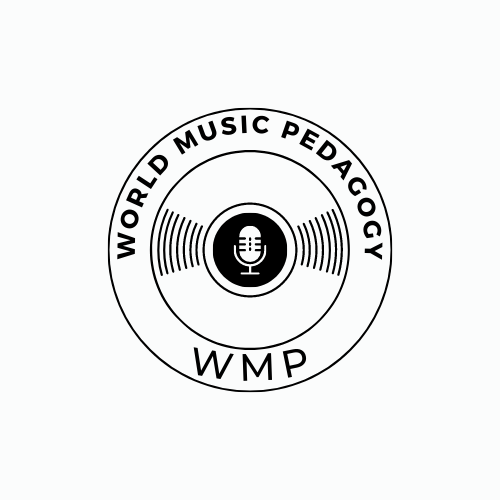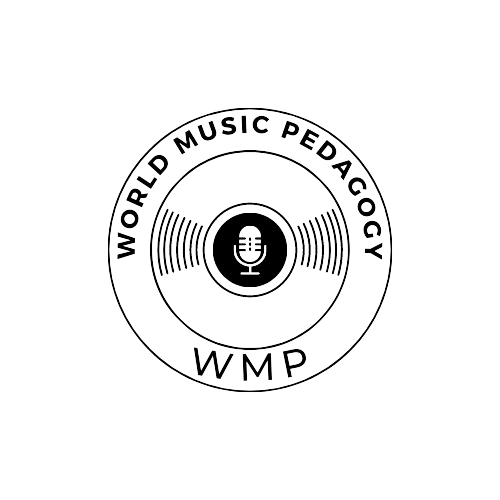
Fiesta Aquí, Fiesta Allá: Music of Puerto Rico
Lesson 4
Plenazo: Music, Migration, and Puerto Rican Identity on the Move

What is plena puertoriqueña?
Lesson Hub 4:
Plenazo: Music, Migration, and Puerto Rican Identity on the Move

Los Pleneros de la 21, photo by Erika Rojas. Smithsonian Folkways Recordings.
by Edwin Porras, Elizabeth K. Batiuk, and Juan Luis O'Halloran

Plenazo: Music, Migration, and Puerto Rican Identity on the Move
HISTORY & CULTURE
MUSIC LISTENING
20+ MIN
30+ MIN
20+ MIN

MUSIC MAKING

Path 1
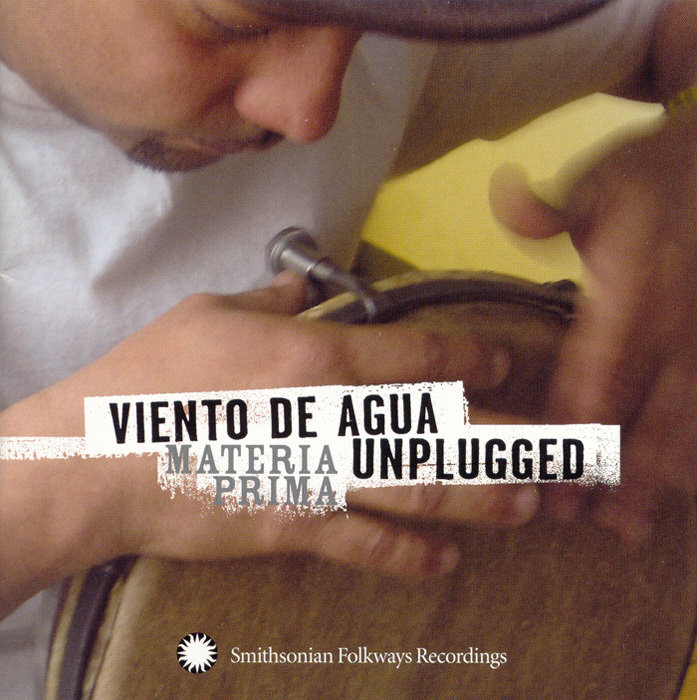
What Is Plena?
20+ minutes
Viento de Agua Unplugged: Materia Prima, cover design and photo by Marlow Palleja. Smithsonian Folkways Recordings.


What kinds of recording techniques/production values do you hear?
What Is Plena?
"Ahora Sí," performed by Viento de Agua

Listen to "Ahora Sí" (Right Now).
What is this music used for?
What musical instruments do you hear?
How is this similar to or different from other types of music you know?

The Essence of Plena

Tito Matos, leader of the group Viento de Agua, says his music emphasizes the “street-corner sound,” “the sound of unbridled percussions,” and “the lives of ordinary people” as the essence of plena music.
Tito Matos: Puerto Rican Plena Drummer, photo by Daniel Sheehy. Smithsonian Folkways Recordings.
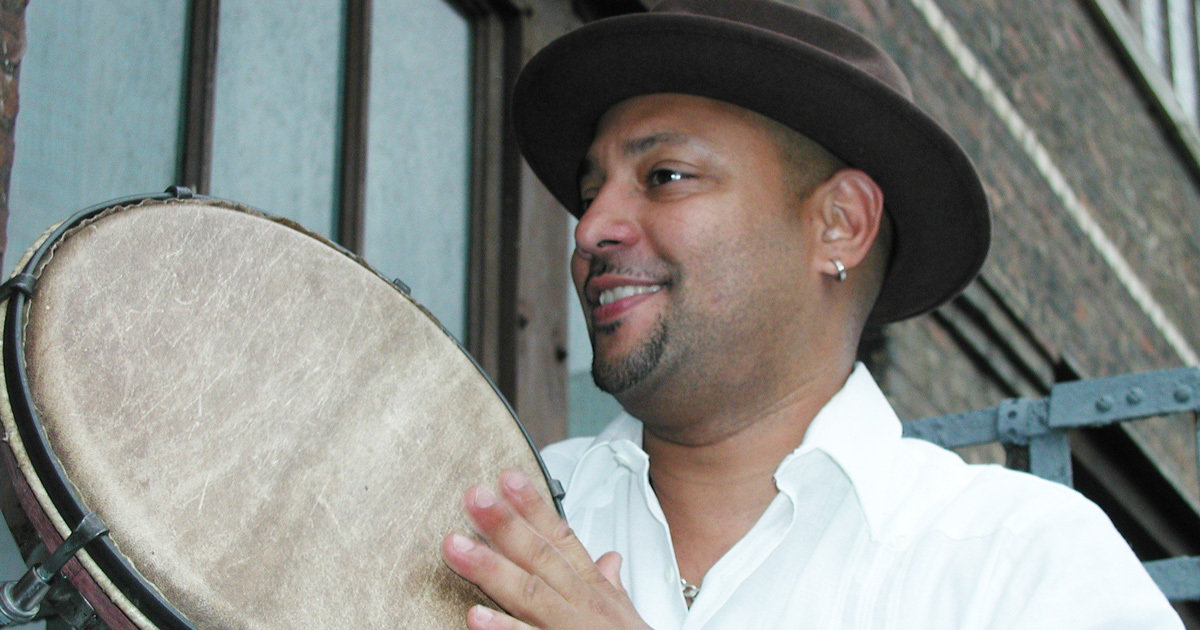
The track you just heard represents an effort to return to the essence of plena.

Plena Is:

Folklore is a practice that:
-
a percussion–driven musical tradition from Puerto Rico
-
categorized as folkloric music: it incorporates everyday speech, folktales, and folk melodies
-
connects the past (e.g., ancestors, cultural patterns, and traditions) to the present
-
preserves traditions (e.g., aspects of culture and society uncorrupted by modernity)


Historical Context of Plena

Freight Train Used in Hauling Cane to the Sugar Mills from Loading Stations, by Jack Delano. Library of Congress.
During the early 20th century, US companies monopolized Puerto Rico’s sugarcane production.
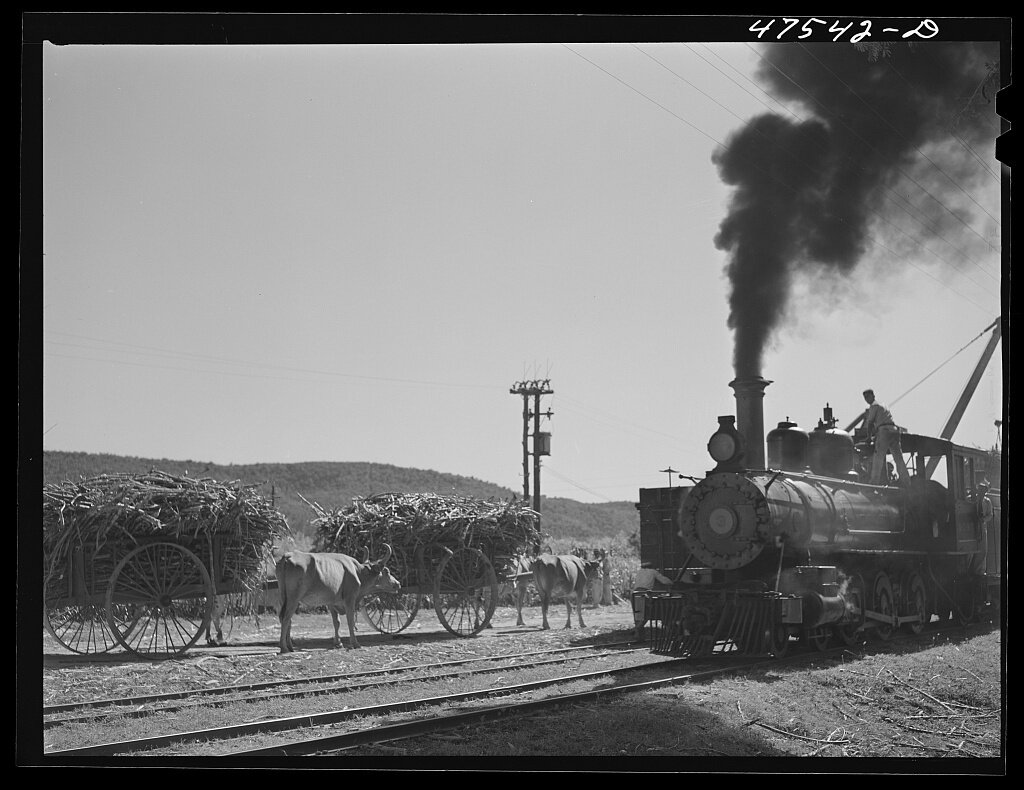
Workers were forced into the industrial life of sugar mill labor, earning miserable wages.
Large sugarcane production brought rapid industrialization to Puerto Rico (e.g., trains, railroads, machinery).

Plena as the Voice of the Working Class

Above: Central Guánica in Ensenada Puerto Rico, unknown artist, {PD-Art|PD-old-70}, via Wikimedia Commons. Right: Inside the Guanica Central, by Herbert A. French. Library of Congress.
Plena emerged as the voice of the working-class people during this time (early 20th century).
Many traditional plena songs talk about the struggles of common folks. Others offer critique to the new US ruling class, bureaucrats, professionals, and clergy.

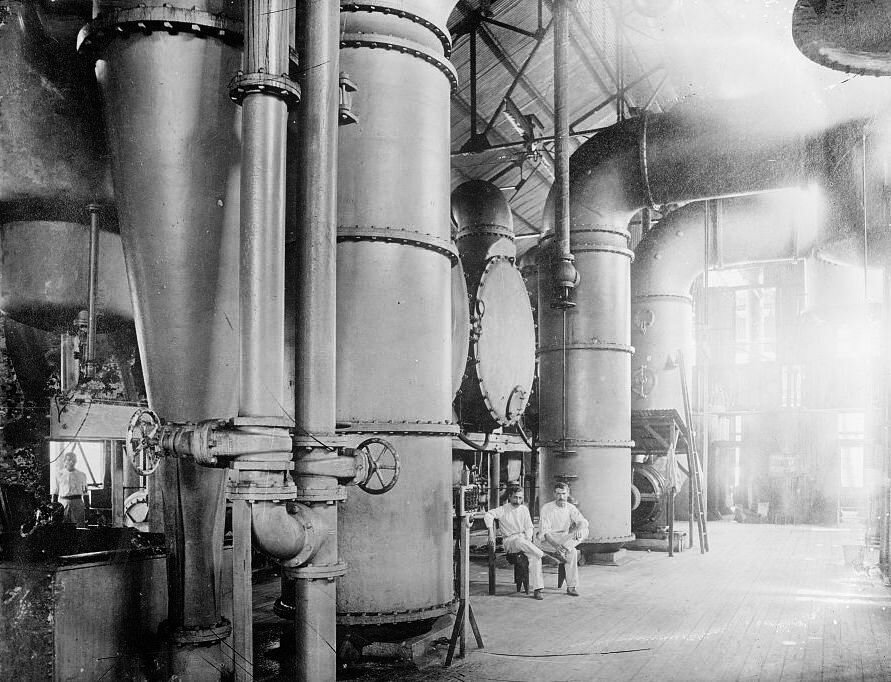

Attentive Listening: “Tintorera del Mar”

La Plena, directed by Amílcar Tirado. Archivo General de Puerto Rico.
Watch and listen to "Tintorera del Mar," A satirical plena about a US lawyer for a powerful sugarcane company who was bitten by a shark while swimming in the ocean by San Juan.

Historical Context of Plena

Although some cosmopolitan composers initially called it “unrefined” and “uninteresting,” it eventually became very popular among different social classes.
Puerto Rico (Small Map), by U.S. Central Intelligence Agency. University of Texas Libraries.
Plena was born in Puerto Ricos’s coastal, working-class neighborhoods.
-
During this time, there was a lot of political turmoil and social tension.


Plena as "Caribbean"

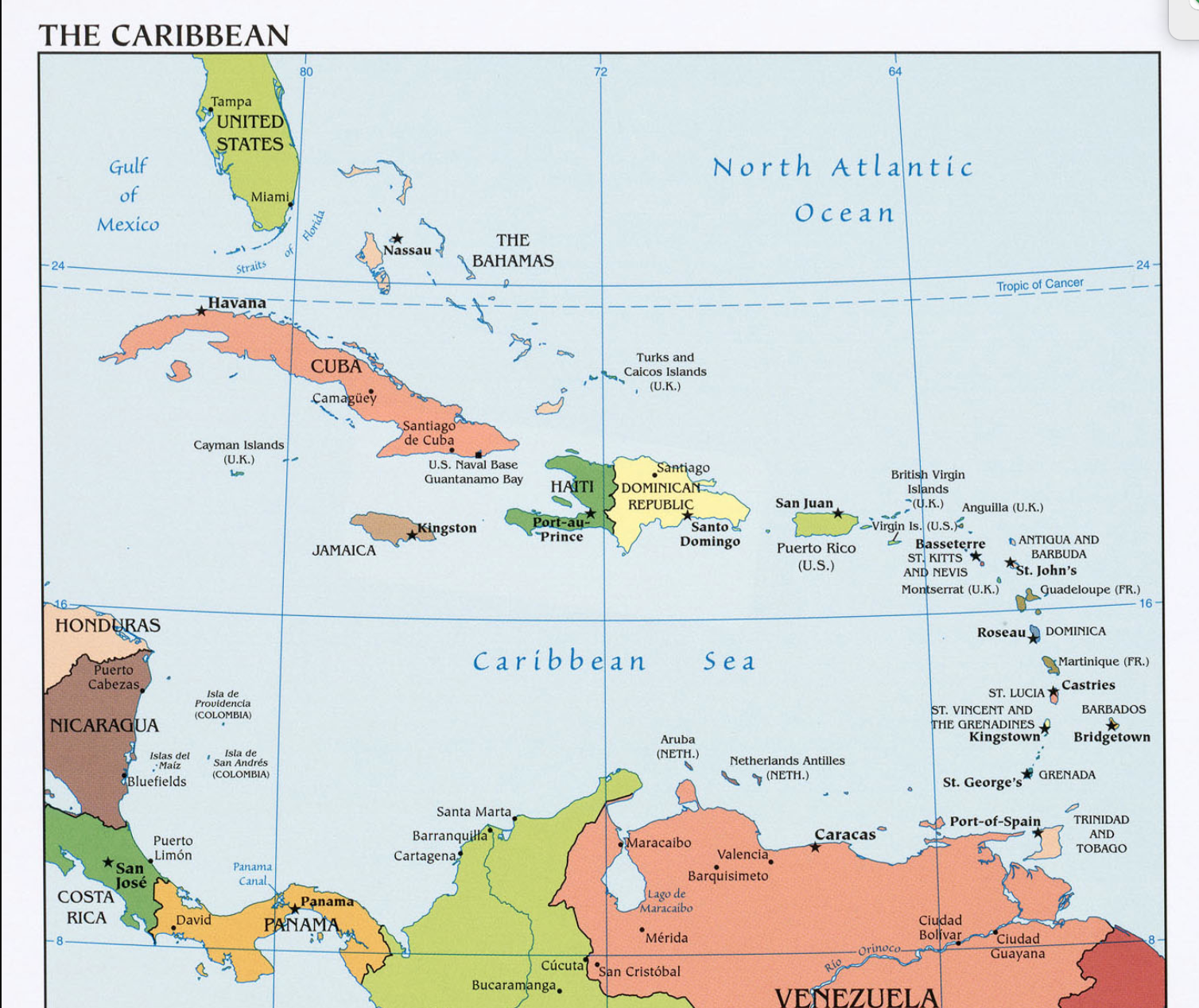
The Caribbean (Political), by U.S. Central Intelligence Agency. University of Texas Libraries.
Although plena is widely considered an Afro-Puerto Rican musical form, it is also distinctively "Caribbean" in that it incorporates European, Indigenous, and West African elements (similar to Cuban conga or Dominican merengue).
It includes the contributions of immigrants of varied backgrounds who moved to Puerto Rico and lived among locals.

Plena and Musical Identity

If plena is the product of several different immigrant groups, can we say it is "truly" Puerto Rican?
Food for thought:

What Is Pan-Caribbean?

A pan-Caribbean identity acknowledges cultural diversity in the region but focuses more on shared historical, economic, and social features.


Plena as "Puerto Rican"

However, it is also important to acknowledge that the movement of people in this region has resulted in the emergence of many unique diasporic, social, and musical fusions that are neither uniquely African, European, or Indigenous.
- Instead, they are tied to a certain geographic space.
- For example, most people view plena as a uniquely "Puerto Rican" musical form.

Listening for Instruments

Early plena music in its folkloric context (non-professional) was flexible, but often included: pandero, güiro, and stringed instruments.
Which instruments do you hear in this recording?
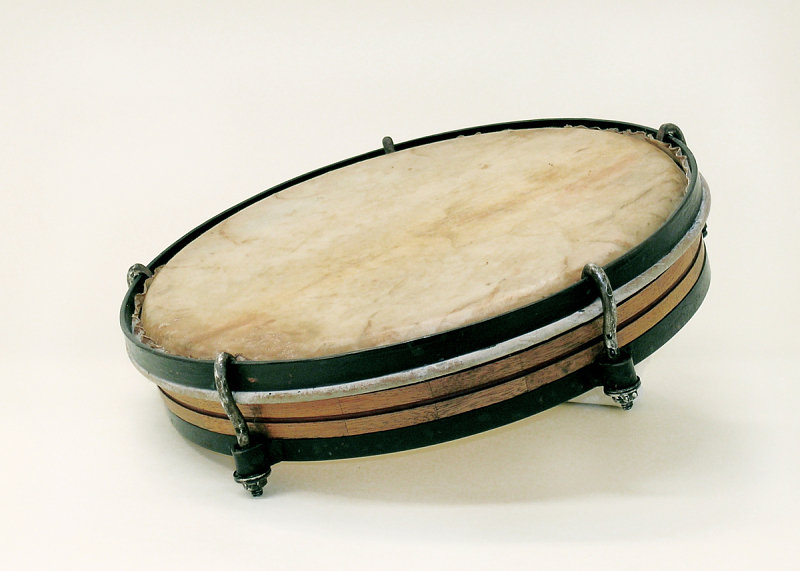
Left: Pandero (Seguidor), unknown maker. National Museum of American History.
"Carmelina" by Los Plenaros de la 21
Puerto Rican Güiro, unknown maker. National Museum of American History.


About Panderos

Panderos come in three different-sizes:
-
seguidor (largest and lowest in sound)
-
segundo or punteador (middle size)
-
requinto (smallest and highest in sound)
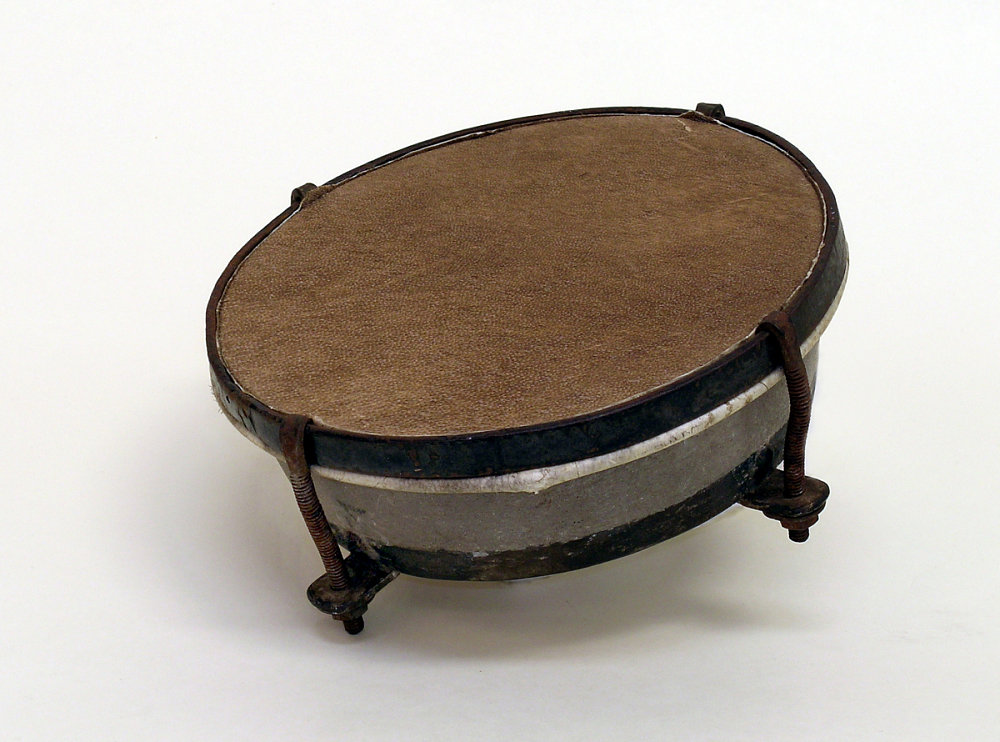

Pandero (Requinto), unknown maker. National Museum of American History.
Panderos are frame drums derived from Spanish and Arabic cultures.
The player produces an open tone by hitting and bouncing off the thumb against the edge of the skin and a closed tone by slapping the hand flat on the center of the skin.
Pandero (Seguidor), unknown maker. National Museum of American History.

The Role of the Pandero

Listen to Tito Matos talk about the role of the pandero.
Los Pleneros de la 21 Demonstrate Drums Used in Plena Music. Smithsonian Folkways Recordings.

Other Instruments in the Ensemble

The cuatro is a string instrument with typically 5 courses of double strings.
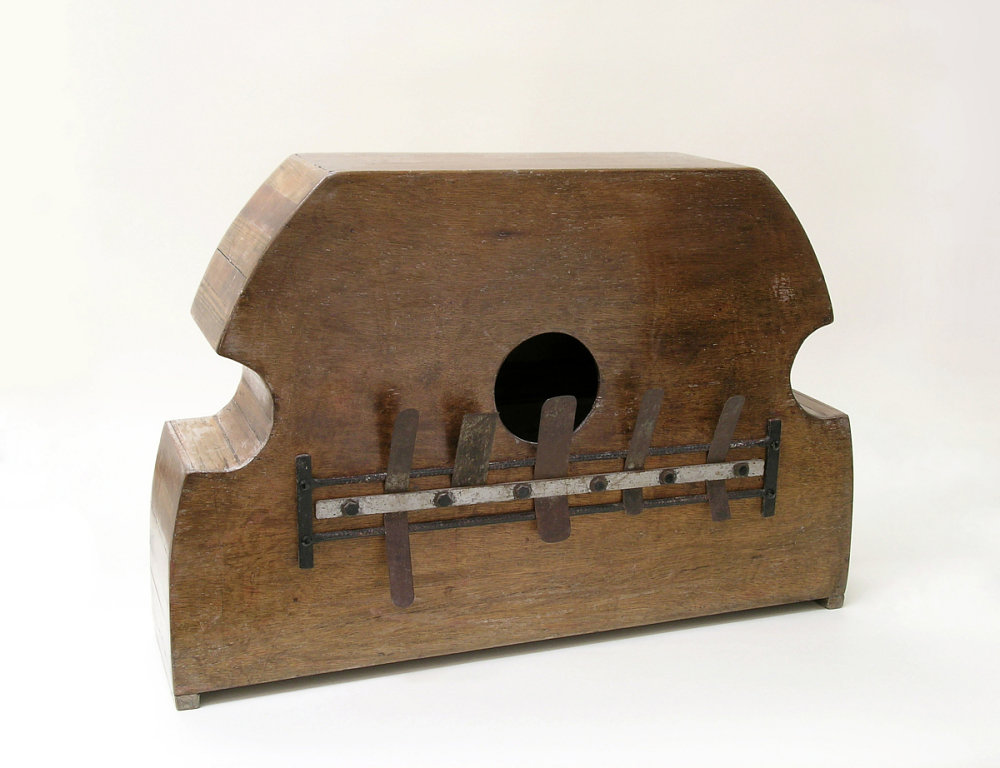
Marímbula, unknown maker. National Museum of American History.
Avilés Vázquez Cuatro, by Avilés Vásquez. National Museum of American History.
The güiro is a scraper of Taíno (Indigenous) origin. It is usually first to enter, establishing and providing a subdivision of the basic pulse; the panderos follow.
The marímbula is a lamellophone (tuned metal tongues).

Puerto Rican Güiro, unknown maker. National Museum of American History.

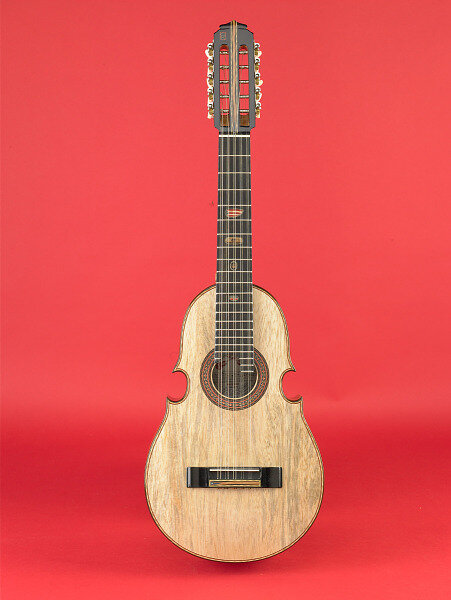
Listening for Musical Characteristics

Plena music:
- uses simple harmonies
- is usually set to binary form (verse/chorus)
- utilizes improvisation is an indispensable element.
- The lead singer improvises, echoed by a group of singers in call-and-response.
Do you hear these elements in the song "Carmelina," by Los Pleneros de la 21?


Plenazo! Plena and Community
Although Path 1 has focused primarily on musical sounds, it is important to remember that community is also a very important part of the plena tradition.
Watch excerpts from a plena performance at the 2022 Smithsonian Folklife Festival.
FolkLIVE Concerts En Pura Plena: Celebrating the Life and Loves of Tito Matos. Smithsonian Folklife Festival.

Plena Today: "You have to let the plena breathe"

Today, plena exists in folkloric (non-professional) and commercial forms, both in Puerto Rico and throughout its diaspora.
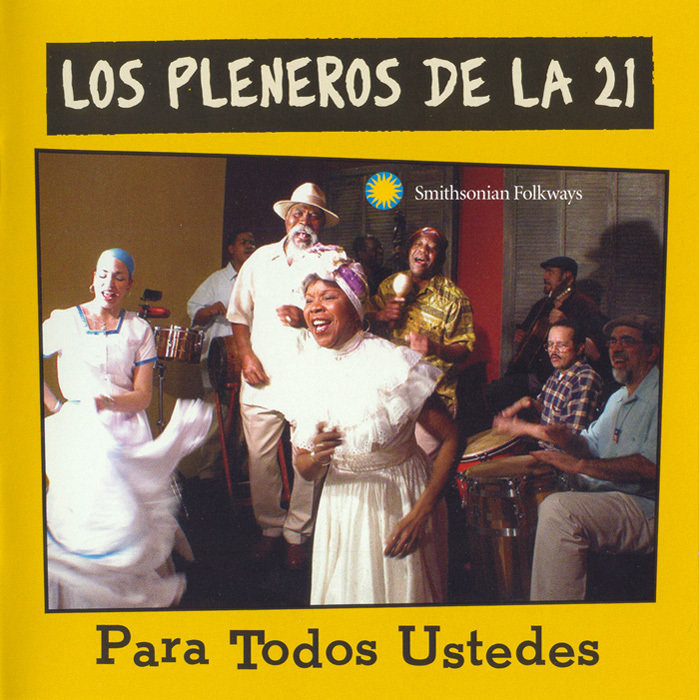
Performing groups like Los Pleneros de la 21 (founded in the South Bronx, New York, in 1983) aim to innovate "from within the tradition."

Los Pleneros de la 21: Para Todos Ustedes, by MP Designs. Smithsonian Folkways Recordings.

Learning Checkpoint
- What are some instruments used in plena?
- What are some musical characteristics of plena?
- What are some "Caribbean" elements of Puerto Rican plena?
- Why is plena considered working-class music?
- How does plena help build community?

End of Path 1: Where will you go next?




Path 2

30+ minutes
Lamento Borincano, cover art by Morgan Dodge. Arhoolie Records.
People and Plena on the Move

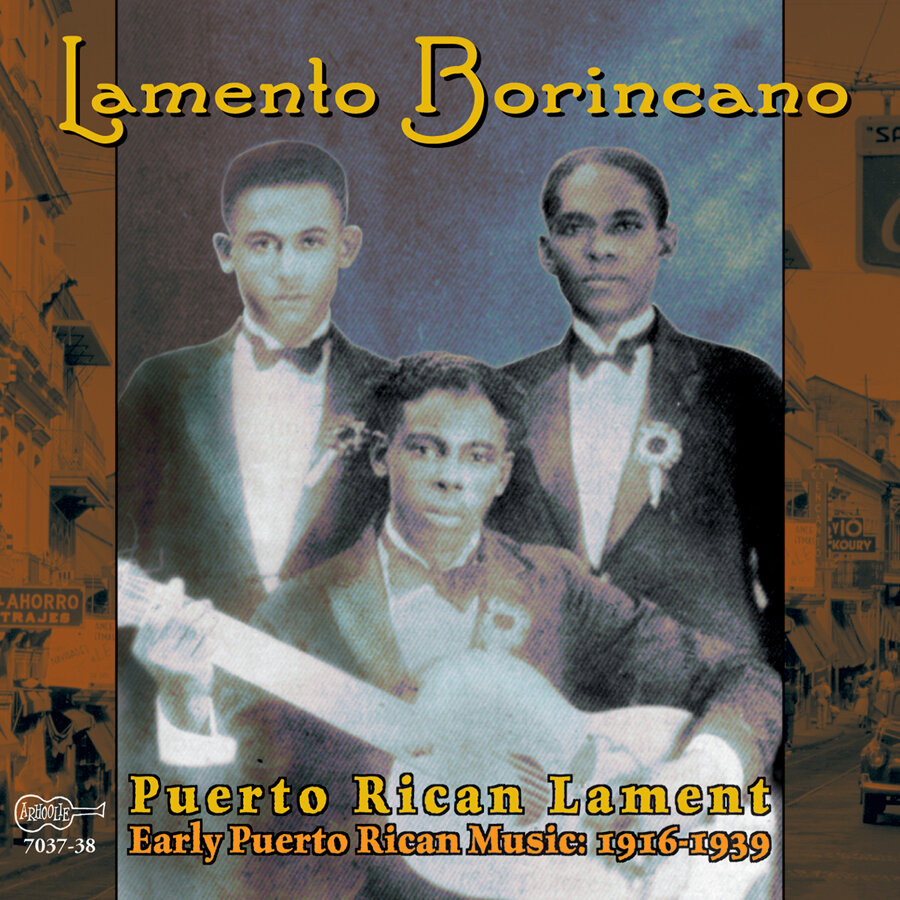
What is Plena?

Plena music:
- uses simple harmonies
- is usually set to binary form (verse/chorus)
- utilizes improvisation is an indispensable element.
- The lead singer improvises, echoed by a group of singers in call-and-response form.
Plena music:
- is a percussion-driven music tradition that developed in Puerto Rico around the turn of the twentieth century.
- began as a folkloric tradition (non-professional, incorporated everyday speech and folk melodies)
- is performed in urban, working-class neighborhoods.

"Ahora Sí" by Viento de Agua
Integrating Context: Plena in the Diaspora

In the 1920s, Puerto Ricans in New York began making professional plena recordings.

The history of plena as a commercial form is, in part, a history of the Puerto Rican diaspora.
The term “diaspora” describes any social group that lives outside its claimed place of origin (e.g., the African diaspora).

Integrating Context: "Plena is Work, Plena is Song"

What instruments do you see?
What are the lyrical themes?
Plena is Work, Plena is Song: Pioneers of Plena, directed by Pedro A. Rivera and Susan Zeig. Center for Puerto Rican Studies-CENTRO.

Artists such as Manuel “El Canario” Jiménez played an important role in the professionalization and commercialization of the genre outside of the island.
Watch "Plena is Work, Plena is Song" to learn more.
Attentive and Engaged Listening with Los Pleneros de la 21

Listen to an excerpt from “Patria Borinqueña”.
What is unique about this recording?
Where do you think it was recorded?
Engage with the recording.


Para Todos Ustedes, cover art by MP Designs. Smithsonian Folkways Recordings.
One of the most important professional plena groups in the Puerto Rican diaspora is Los Pleneros de la 21, established in the Bronx, New York in 1983.
- The group takes its name from La 21, a bus stop in Santurce, a predominantly Afro-Puerto Rican neighborhood near San Juan.
Integrating Context: Plena Is Versatile

But it can also be performed indoors by dance orchestras with added instruments.

Plena can be performed by percussion ensembles at outdoor performances (e.g. festivals and rallies)--formally and informally.
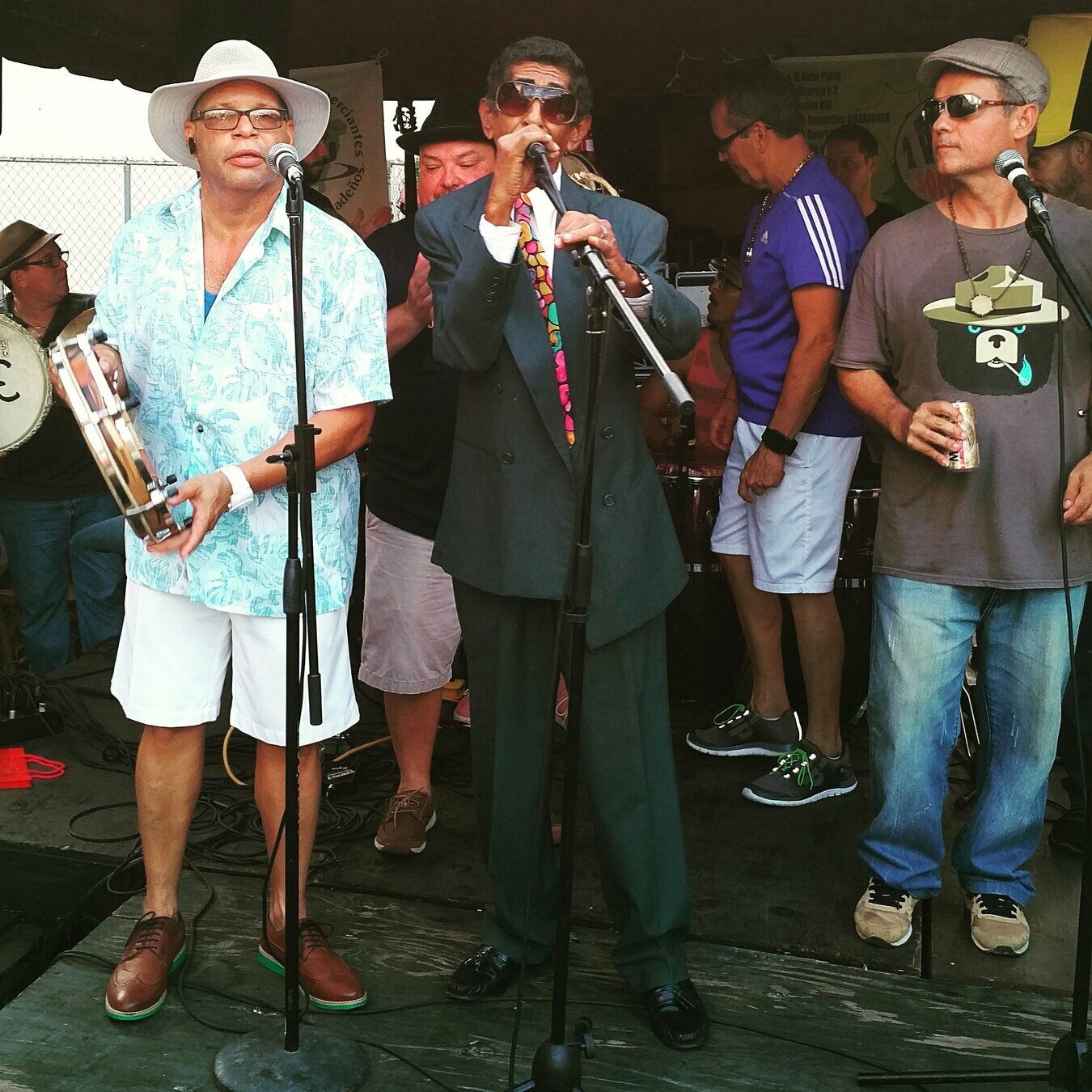
Left: Torruellas, Maestro de la Plena, by Angel Xavier Viera-Vargas, CC BY-NC-ND 2.0, via Flickr.
Right: Pleneros de la Cresta at the 2022 Smithsonian Folklife Festival, by Josh Weilepp, provided by the Ralph Rinzler Folklife Archives. Smithsonian Center for Folklife and Cultural Heritage.

Attentive Listening: Structural Elements

- Introduction: non-metrical; slow and soulful; voices, piano, and cuatro
- Form: Lead singer alternates with chorus (call-and-response)
- Bridge: instrumental with key change
- Ending: call-and-response (shorter phrases)

Listen to “Patria Borinqueña” once more! Identify the following structural elements (common in plena):
Avilés Vázquez Cuatro, by Avilés Vásquez. National Museum of American History.

Attentive Listening: Phrases

- “Patria borinqueña, jardines de rosas” “Land of Puerto Rico, garden of flowers”

In Plena is Work, Plena is Song, it was said that musicians sing about barrio (neighborhood) anecdotes and use wordplay to talk about everyday life.
Listen to the two phrases in the "chorus" and count the beats in each phrase:
*** Start the recording at 0:52 for this activity.
- “Déjame cantarte, borinquen hermosa” “Let me sing to you, beautiful Puerto Rico”
Engaged Listening: Sing the Chorus


Listen again. When you are ready, sing along on the chorus. Clap the beat.
- “Patria borinqueña, jardines de rosas” “Land of Puerto Rico, garden of flowers”
- “Déjame cantarte, borinquen hermosa” “Let me sing to you, beautiful Puerto Rico”
*** Start the recording at 0:52 for this activity.
Engaged Listening: Now Add a Rhythm

You may use any percussion instruments . . .
Basic Plena Rhythm, notation by and used with permission of Edwin E. Porras.


Add some rhythm as you listen and sing!
*** Start the recording at 0:52 for this activity.
Enactive Listening: Put it All Together


- Play the steady beat on a drum.
- Incorporate the rhythms shown on the slide (or make up your own).
- The teacher sings a "call" and the students sing the "response."
- Try to add the harmony on the second part of the "response."
“Patria borinqueña, jardines de rosas”
“Déjame cantarte, borinquen hermosa”
Try to perform the refrain without the recording. Consider these ideas:
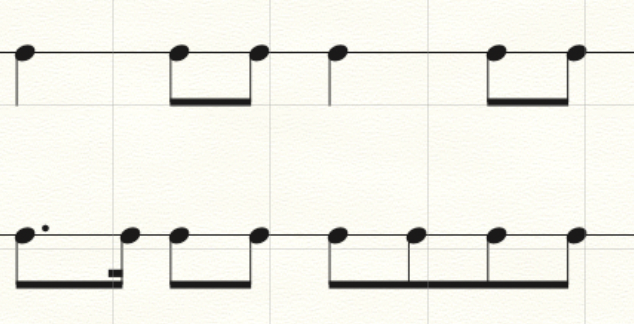
Create: Write Your Own Phrases

- Especially at first, feel free to use the structural scheme of "Patria Borinqueña" (melody/rhythm/chords).

Now it is time to write your own phrases. Some hints:
- Write two phrases: eight beats each in length
- In English or Spanish
- Any theme goes (your neighborhood, eating healthy, etc.)
Can you speak it in rhythm? Can you sing it in rhythm?
Create a Class Plena!

Consider these suggestions:
- Share the choruses you composed.
- Vote for the chorus you would like to use as the “response”.
-
Refine this chorus as a group (rhythm and melody).
- Consider using the structural scheme of “Patria Borinqueña” (melody, rhythm of words).
- Practice in lead-group fashion (students can volunteer to sing/recite the phrases they wrote as “calls”).
- Add instruments and perform!


Learning Checkpoint
-
Where and when did plena as a form of commercial music emerge?
-
What is a diaspora?
-
Why is plena versatile?
-
What were the challenging and rewarding parts of writing and performing your own plena?

End of Path 2: Where will you go next?


Path 3

20+ minutes

Plena Culture, Identity, and Significance
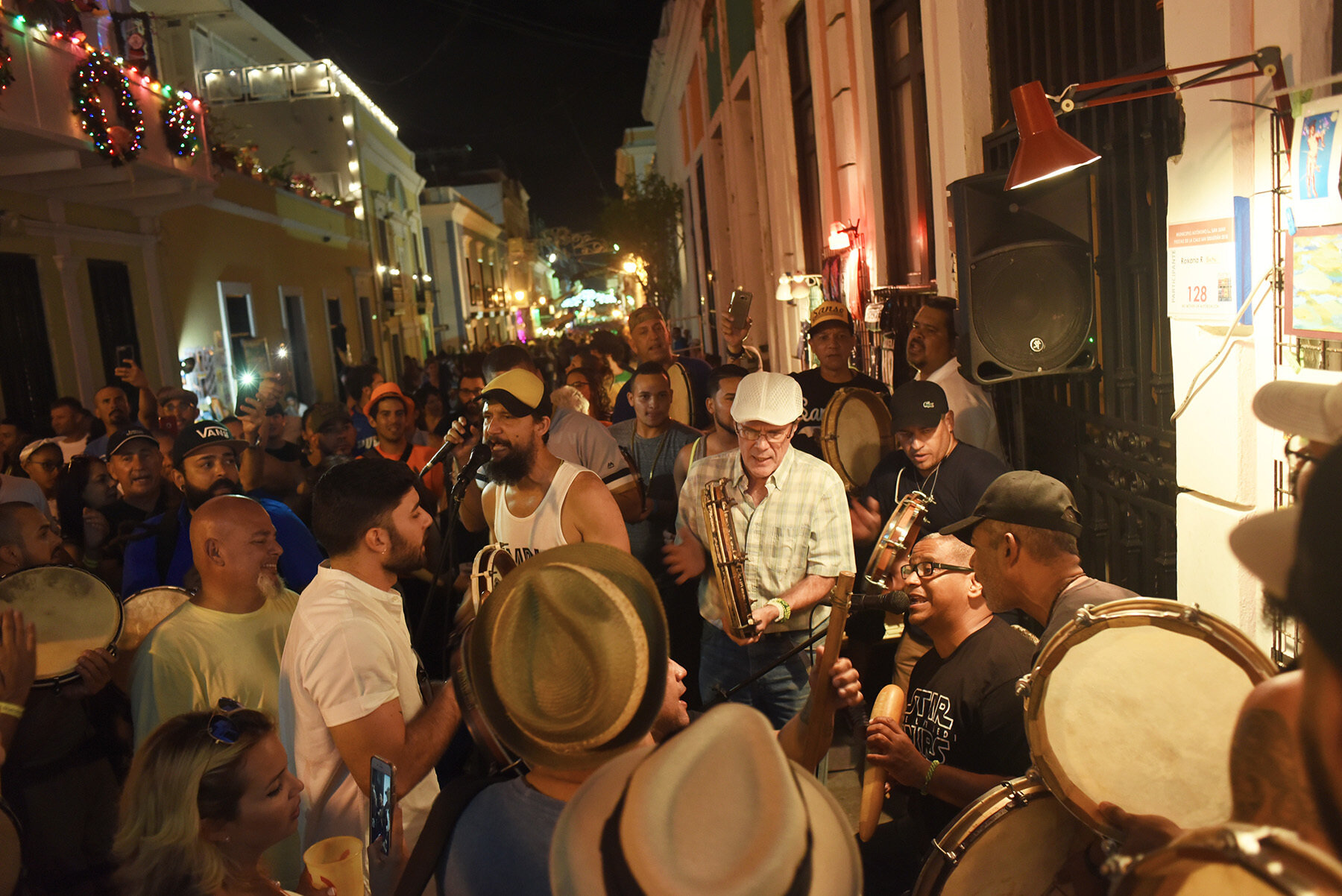
Pleneros in the Street at Fiesta de la Calle San Sebastian 2018, photo courtesy of Ricardo Alcaraz.
Plena History: Mixed Reviews

While it was quickly embraced as an expression of Puerto Rican culture and identity, some intellectuals of the time viewed plena with ambivalence and even contempt.


Pandero (Seguidor), unknown maker. National Museum of American History.
Originally, the popularity of plena was received with mixed feelings by Puerto Ricans of different social spheres.
Why?
Plena is a percussion-driven musical tradition that developed in coastal communities in Puerto Rico around the turn of the twentieth century.
"Ahora Sí" by Viento de Agua

Plena and Social Tensions
... possibly because it originated in Puerto Rican coastal neighborhoods, and was practiced primarily by people from lower economic classes.

Originally, plena was critiqued and looked down upon:
Some cosmopolitan composers called it “unrefined” and “uninteresting” ...
Puerto Rico (Small Map), by U.S. Central Intelligence Agency. University of Texas Libraries.


Plena: The People's Newspaper
Watch this video excerpt to learn more

Plena is Work, Plena is Song: La Plena as Song, directed by Pedro A. Rivera and Susan Zeig. Center for Puerto Rican Studies-CENTRO.
Although it was subject to misconceptions at first, plena has gained great social significance over time.
- Plena has often been called El Periodico Cantado ("the sung newspaper”) because it was the people's means to communicate "the news" from one neighborhood to the next.

"Here I Am, Plena Like a Hurricane"
Recently, after the devastation caused by Hurricane María in 2017, plena musicians were heard singing these lyrics through neighborhood streets: "Our plena, our song, our music, is stronger, our community is stronger than María."
Puerto Ricans Use Song to Forget the Ravages of the Hurricane. Univision Noticias.

The idea of “the people’s newspaper” has become a key component of plena discussions among musicians and Puerto Ricans in general.

Plena Aquí, Plena Allá: A Symbol of National Pride
In January, pleneros celebrate Las Fiestas de la Calle San Sebastián, a Carnaval-like event.

Optional: Click Here to watch Fiesta de la Calle en San Sebastian.
Today, plena is a symbol of national pride, both in Puerto Rico and its diaspora.
-
Plena musicians (pleneros) organize public celebrations, for example in Old San Juan, the Puerto Rican capital, during Christmas, or in New York for international music festivals.

Plena as Resistance

Plena has also historically been a music of resistance. Why?

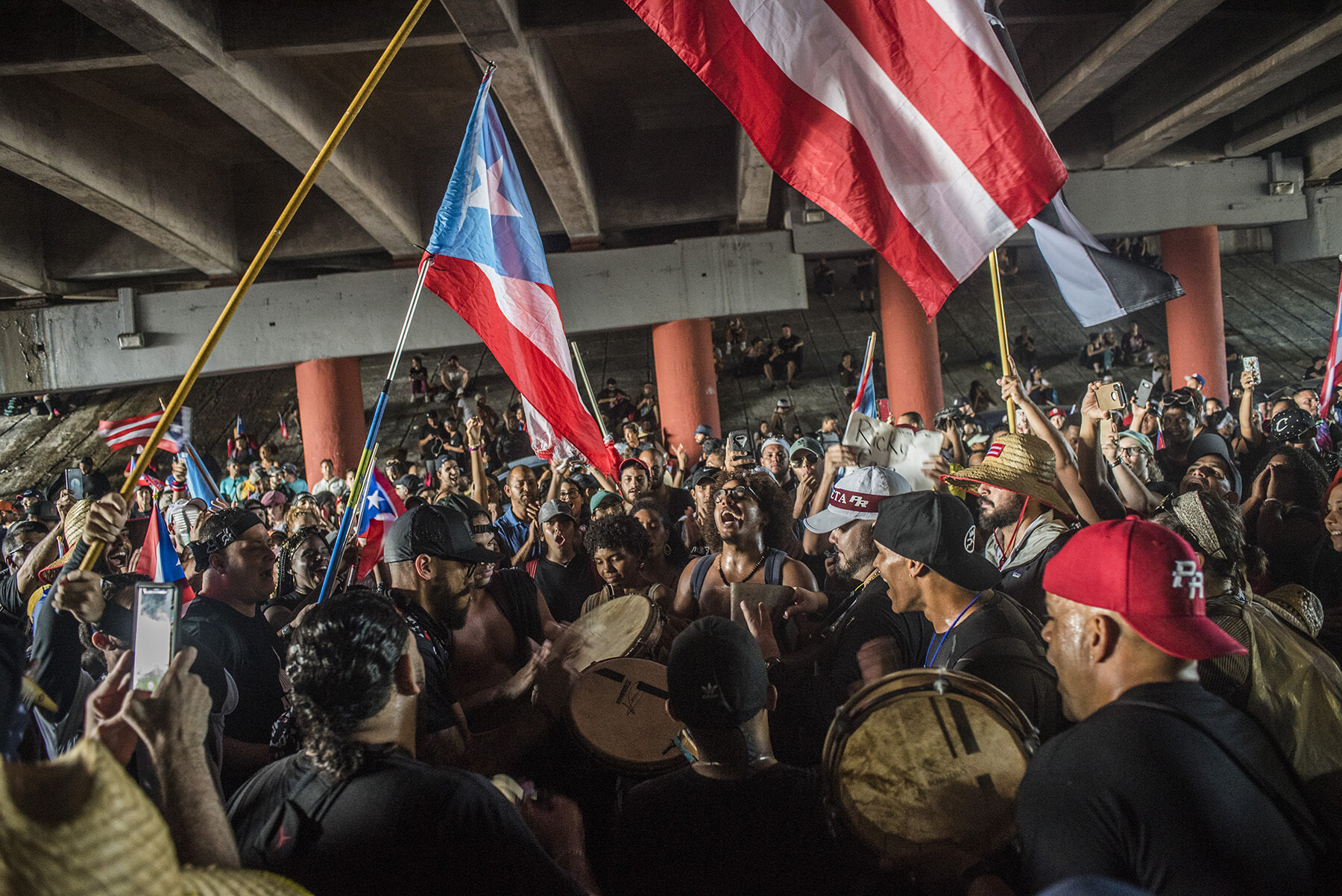
Plena is at the heart of any march, protest and rally in Puerto Rico and its diaspora.
Pleneros During #Ricky Renuncia Protests in San Juan 2019. Photo courtesy of Ricardo Alcaraz.
Kamala Harris Unknowingly Claps to Protest Song Directed at Her. Sky News Australia.

Plena in New York City
- In 1976, José Manuel "Chema" Soto founded El Rincón Criollo ("The Creole Corner"), a cultural institution in South Bronx.

Celebrating the Life and Legacy of Don Chema at La Casita, uploaded by Welcome2theBronx.
- El Rincón Criollo—also known as "La Casita de Chema" (Chema’s Little House)—has been central to the practice of plena in New York City for over three decades.
NYC has a very large Puerto Rican diasporic community.

Sustaining Culture: Plena Festivals and Education
Plena music has also become a major part of educational efforts to learn about Puerto Rican culture and identity.

In recent years, plena festivals have flourished in Puerto Rico and the US.

Los Pleneros de la 21, photo by Erika Rojas. Smithsonian Folkways Recordings.
Los Pleneros de la 21 has become an institution in plena performance, preservation, and education in the United States.

The Significance of Teaching Plena
Listen to the legendary Tito Matos discuss the importance of teaching music to younger generations in local communities:

Hector "Tito" Matos Discusses Puerto Rican Community [Interview Video], by Smithsonian Folkways Recordings.

Learning Checkpoint
-
Why were initial reactions to plena music in Puerto Rico "mixed"?
-
Why is plena called "the people’s newspaper"?
-
Why does Tito Matos think it is important to teach plena to younger generations of Puerto Ricans on the island and the diaspora?

End of Path 3 and Lesson Hub 4: Where will you go next?







Lesson 4 Media Credits

Audio courtesy of
Smithsonian Folkways Recordings
Video courtesy of
Smithsonian Center for Folklife and Cultural Heritage
Smithsonian Folkways Recordings
Images courtesy of
Ricardo Alcaraz
Library of Congress
National Museum of American History
Smithsonian Folkways Recordings
Smithsonian Center for Folklife and Cultural Heritage
University of Texas at Austin, PCLP Map Collection
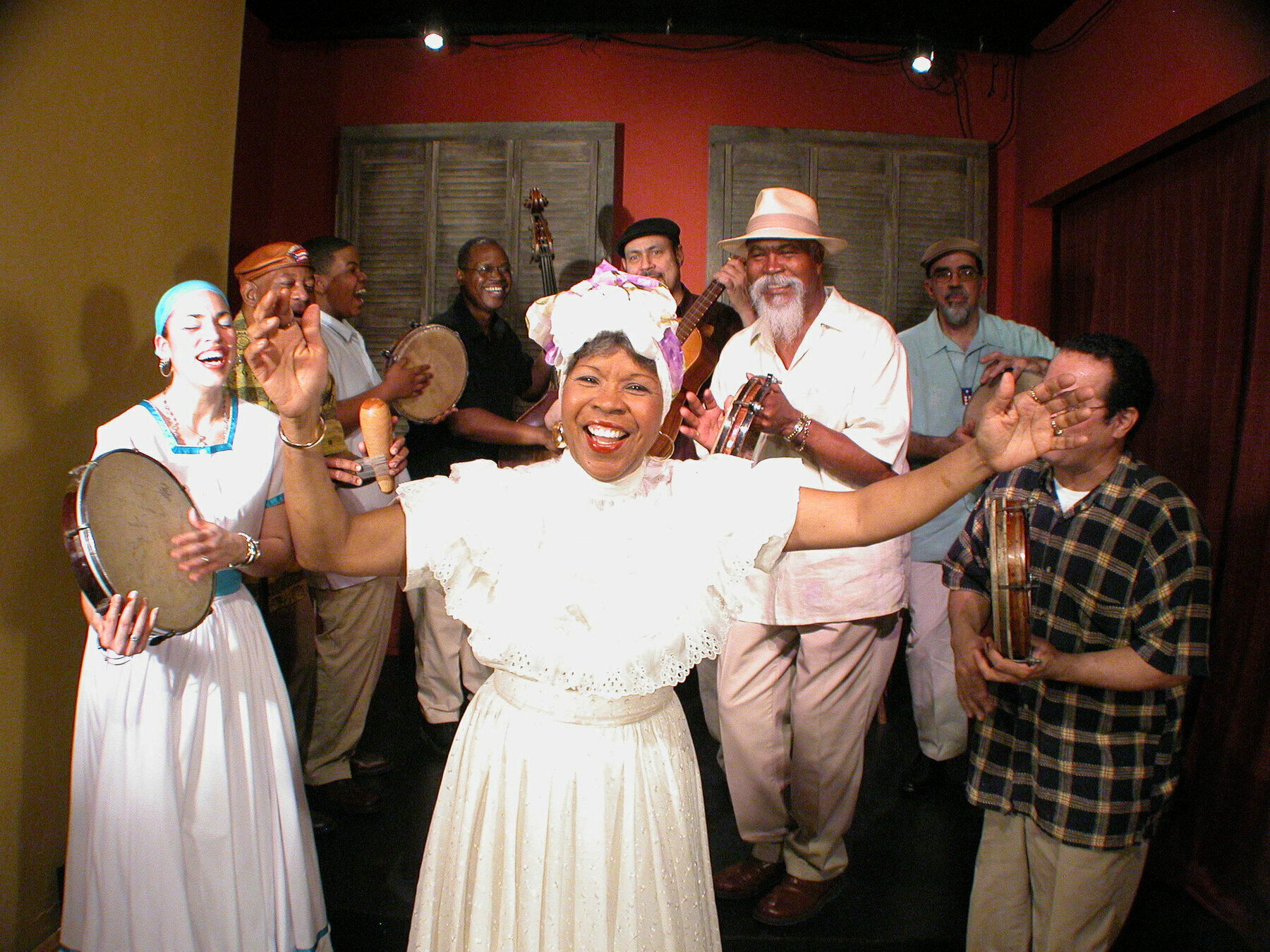
© 2024 Smithsonian Institution. Personal, educational, and non-commercial uses allowed; commercial rights reserved. See Smithsonian terms of use for more information.
This Pathway received federal support from the Latino Initiatives Pool, administered by the National Museum of the American Latino. It also received in-kind, collaborative support from the Society for Ethnomusicology, the National Association for Music Education, and the Smithsonian Folkways Education Committee.
For full bibliography and media credits, see Lesson 4 landing page.



